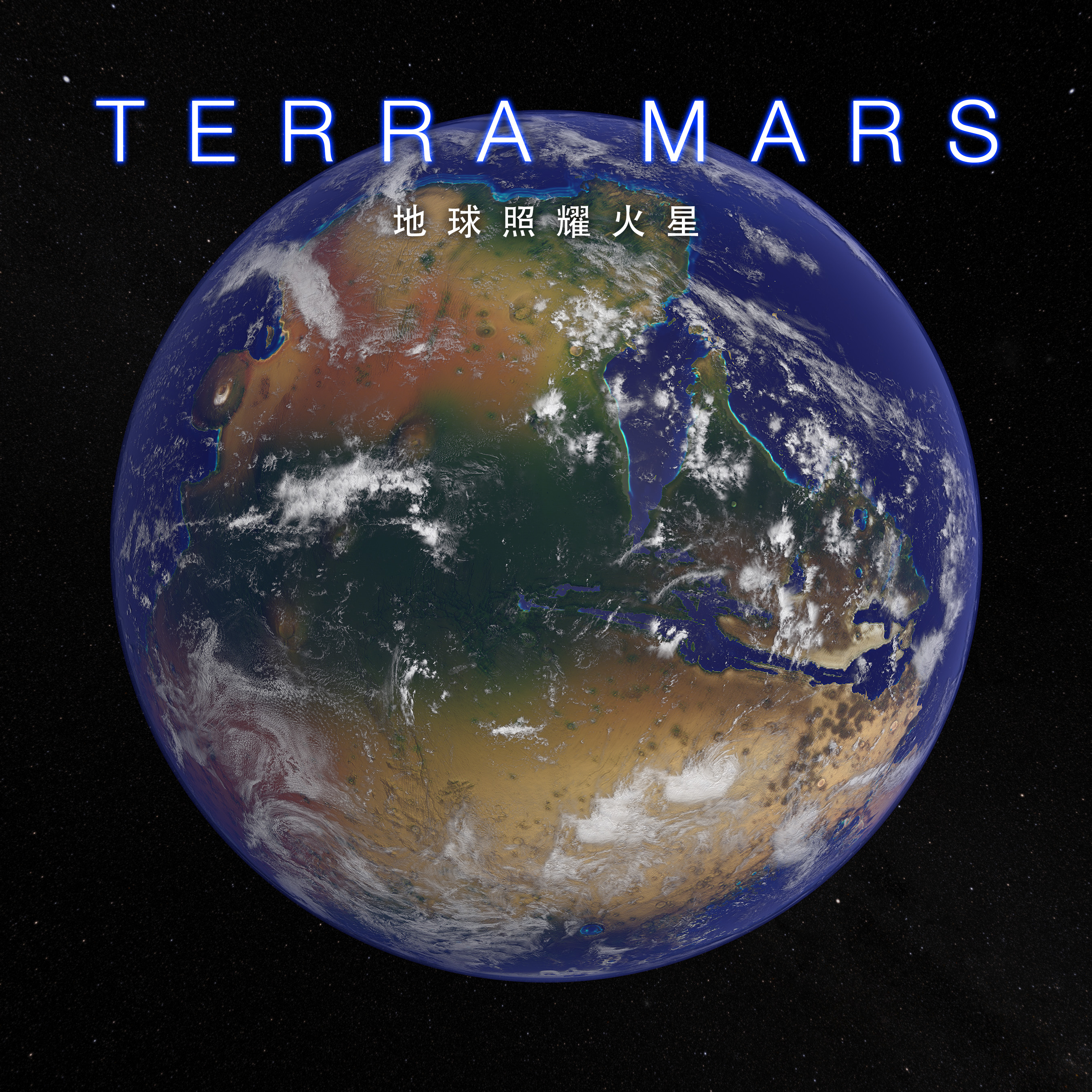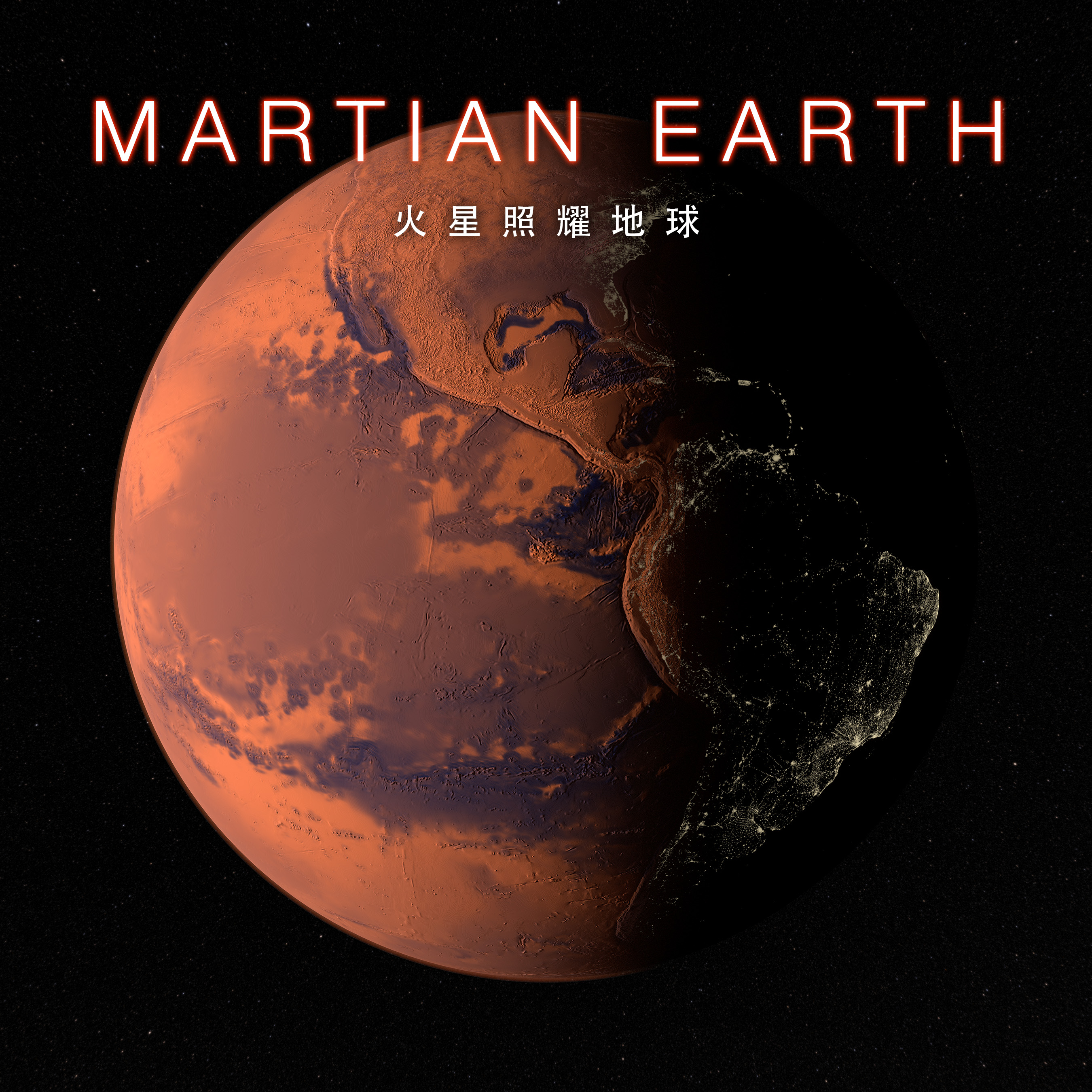Terra Mars Series, (2019)

If images of our planet arouse people’s poetic emotions, would an alien planet that resembles our own arouse the same feelings or different ones? With most of its atmosphere lost and its crust oxidized to shades of red, is this view of Earth a not-so-favorable future that we’ll have to face if we fail to manage the climate change? The Terra Mars series present artistic renderings of Mars with visual reference to Earth (Terra Mars), as well and our very own planet with visual reference to the “red planet” (Martian Earth). For Terra Mars, I have trained an artificial neural network with topographical data and satellite imagery of Earth so that it can learn the relation between them. The trained model was then applied to topographical data of Mars to generate images that resemble satellite imagery of Earth. Vice versa for Martian Earth—a neural network has been trained with Mars imagery and used to generate an imaginative version of Earth. I hope this AI-powered mental connection can demonstrate the artistic potential of the technology and provoke people’s contemplation of our future on an interplanetary level.

Publications:
- Weili Shi. “Terra Mars: When Earth Shines on Mars through AI’s Imagination,” Leonardo, Volume 52, Issue 4, August 2019. Presented at SIGGRAPH 2019 on July 30, 2019 in Los Angeles.
Exhibitions:
- Compass – Navigating the Future. Beginning May 27, 2019. Ars Electronica Center, Linz.
- “Weather the Weather” a SciArt Initiative exhibition at the New York Hall of Science. September 10, 2019—January 10, 2020.
Neural Network Model Reference:
- P. Isola, et al. “Image-To-Image Translation With Conditional Adversarial Networks,” Proceedings of IEEE Conference on Computer Vision and Pattern Recognition 2017, 5967–5976.
- T. C. Wang, et al. “High-Resolution Image Synthesis and Semantic Manipulation with Conditional GANs,” Proceedings of the IEEE Conference on Computer Vision and Pattern Recognition 2018, 8798–8807.
Data Credits:
- “Blue Marble: Next Generation,” (NASA, 2005).
- “Blue Marble,” (NASA, 2002).
- “Mars HRSC MOLA Blended DEM Global 200m v2,” (U.S. Geological Survey, 2017).
- “Viking Global Color Mosaic (MDIM1 controlled) 925m,” (U.S. Geological Survey, 2001).